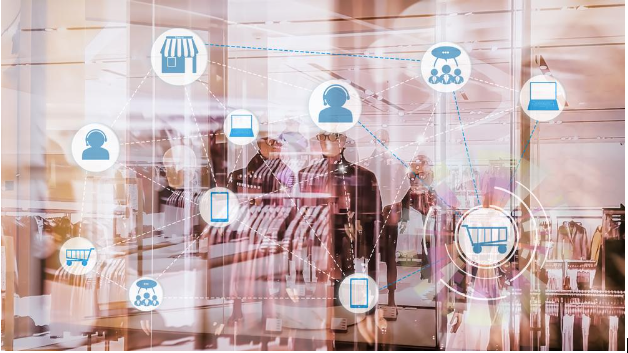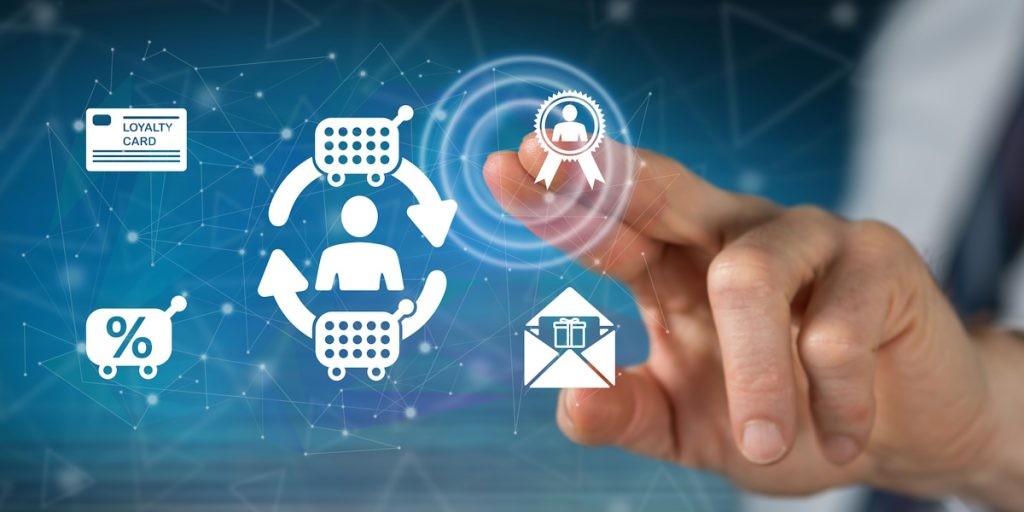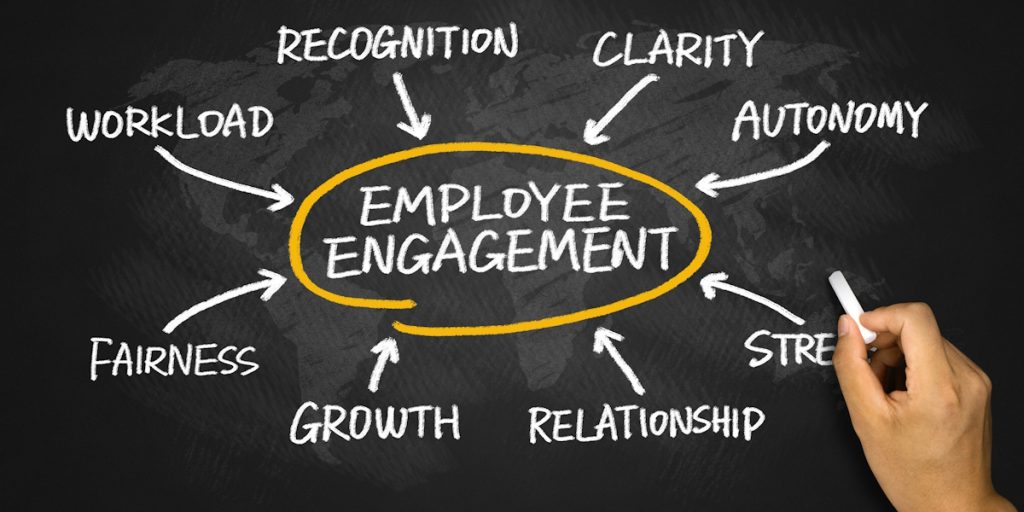Retaining customers in the B2B sector is often more profitable than acquiring new ones. The cost of finding new clients is typically much higher than keeping existing ones. A well-planned loyalty program can be a game-changer for B2B customer churn reduction, helping businesses maintain valuable relationships while increasing Customer Lifetime Value (CLV).
Loyalty programs in B2B are more than just reward points—they are strategic tools designed to strengthen trust, improve engagement, and encourage repeat business. By understanding what drives client satisfaction and creating personalized benefits, companies can significantly lower churn and improve profitability over time.
Why Churn is a Major Problem for B2B Companies
Churn happens when clients stop doing business with a company. In the B2B space, even a single lost client can have a significant financial impact because deals are often large and long-term. High churn rates can slow business growth and erode profitability.
The cost of acquiring new clients can be five to seven times higher than retaining existing ones. Losing customers also impacts brand reputation and reduces the chances of referrals, which are crucial in the B2B market. This is why effective customer retention strategies for B2B are essential for sustainable growth.
How Loyalty Programs Reduce Churn
Loyalty programs are powerful tools for B2B customer churn reduction because they focus on rewarding consistent engagement and building stronger client connections.
Strengthening Relationships Through Personalization
B2B clients value relationships that go beyond transactions. B2B loyalty programs can be designed to offer personalized incentives, exclusive access to services, or early updates on product developments, which helps strengthen partnerships and make clients feel valued.
Encouraging Repeat Purchases
When clients know they will earn meaningful rewards for their continued business, they are more likely to renew contracts or make repeat purchases. This consistent engagement directly reduces churn risk.
Offering Value Beyond Discounts
A loyalty program can also provide educational resources, free training, or premium support. These added values help clients feel appreciated and less likely to switch to a competitor.
Increasing CLV Through Loyalty Programs
While reducing churn is critical, loyalty programs also play a big role in increasing CLV in B2B. The longer a client stays with your company, the more value they bring over time.
Boosting Revenue Per Client
Clients engaged in loyalty programs tend to spend more. By rewarding higher spending levels or long-term commitments, you can encourage clients to increase order volumes or purchase additional services. Measuring the ROI of B2B loyalty programs can help ensure these strategies are delivering the desired financial impact.
Enhancing Customer Engagement
A well-structured program keeps clients actively involved with your brand. Gamification, exclusive events, or early product previews can create ongoing engagement that contributes to higher lifetime value.
Building Long-Term Partnerships
When clients feel valued, they are less likely to consider competitors. A loyalty program nurtures this trust, ensuring that partnerships grow stronger over time.
Best Practices for Designing Loyalty Programs that Reduce Churn and Boost CLV
Creating a loyalty program that drives results requires planning and insight.
Identify Client Needs and Pain Points
Conduct surveys or hold one-on-one meetings to understand what matters most to your clients. The rewards and benefits you offer should directly address these needs.
Keep the Program Simple and Transparent
Clients should easily understand how to earn and redeem rewards. A complicated process can discourage participation. A clear B2B loyalty program checklist can help ensure the structure remains simple yet effective.
Align Rewards with Long-Term Goals
Offer incentives that encourage behaviors aligned with your business goals, such as contract renewals, higher purchase volumes, or cross-product usage.
Monitor Performance Regularly
Track engagement rates, churn metrics, and CLV growth to see how the program is performing. If results are not meeting expectations, adjust the rewards or structure accordingly.
Integrate with Retention Strategies
Combine your loyalty program with other proven methods, such as excellent customer service, proactive support, and personalized follow-ups.
The Bottom Line
A well-designed loyalty program can significantly impact B2B customer churn reduction while driving higher CLV in B2B. By building strong client relationships, encouraging repeat engagement, and offering meaningful value, companies can protect their customer base and grow profits.
In the B2B world, where each client represents substantial long-term revenue, investing in loyalty is not just a marketing strategy—it’s a business necessity.
Want To Reduce Churn And Grow Clv In Your B2b Business?




